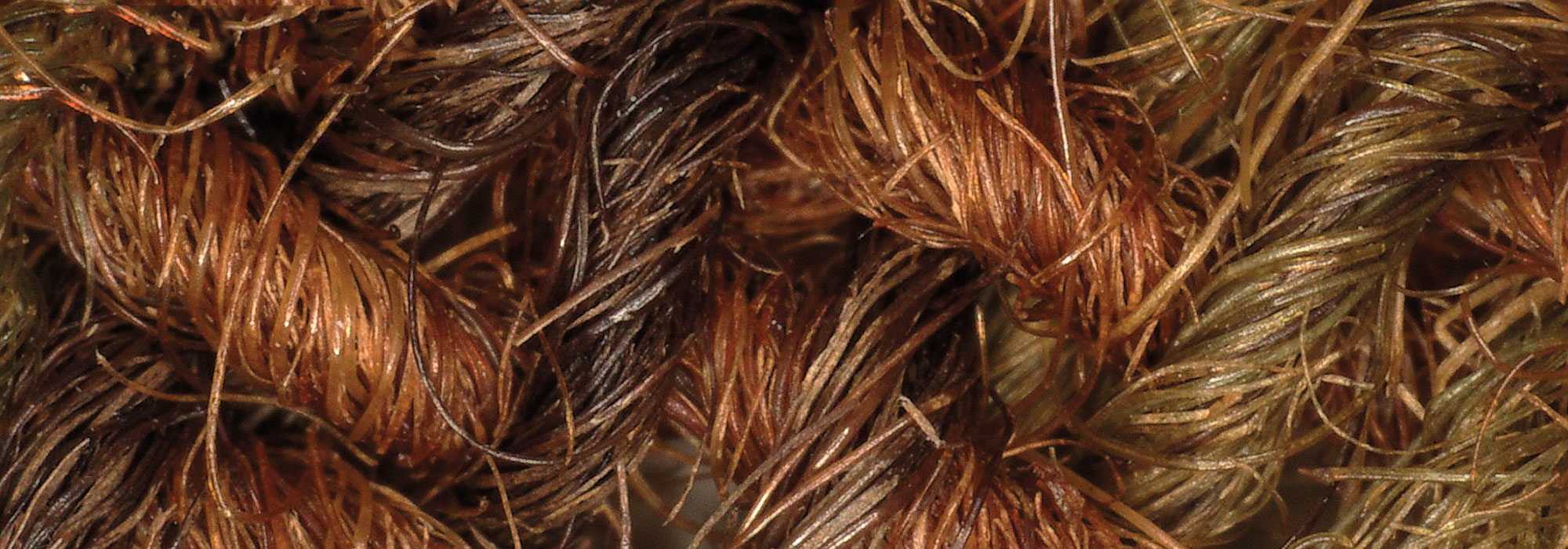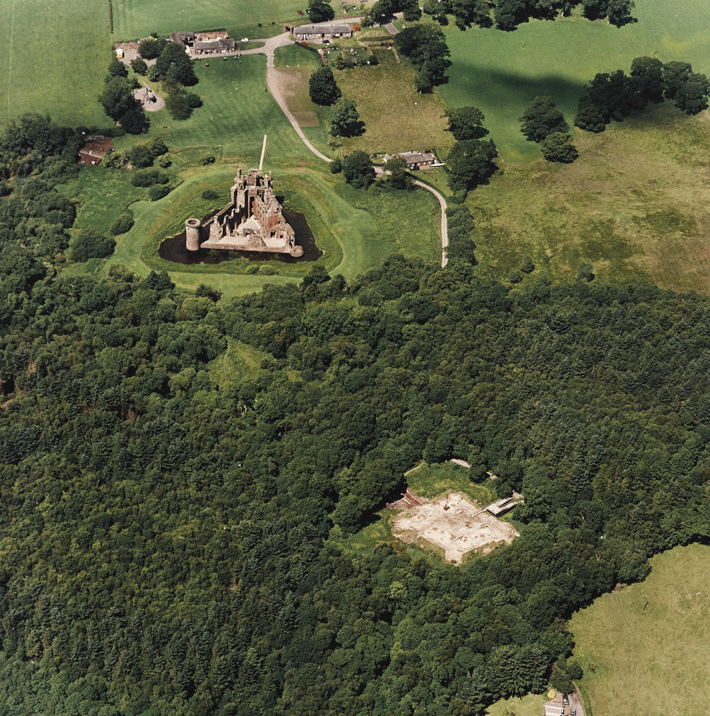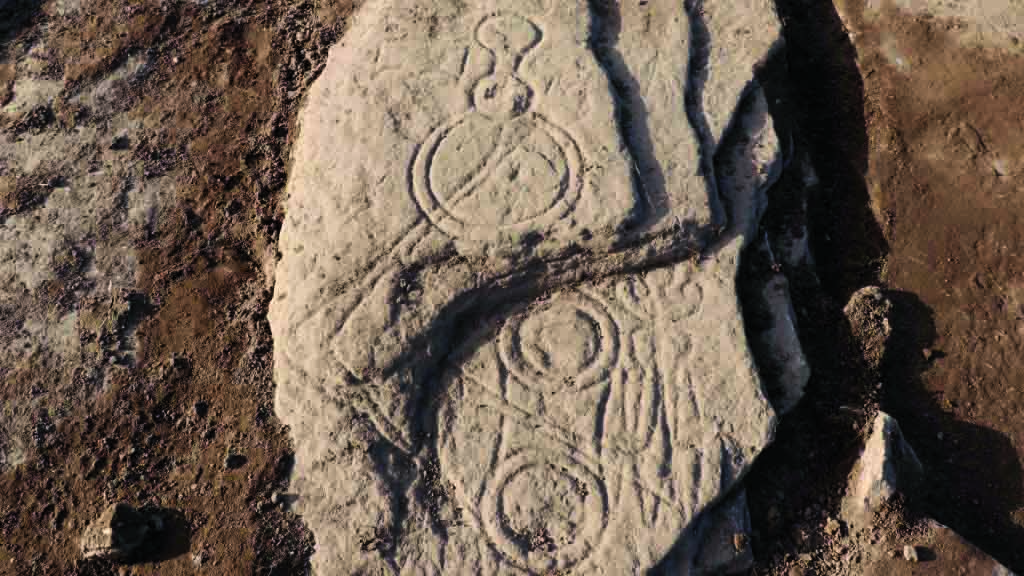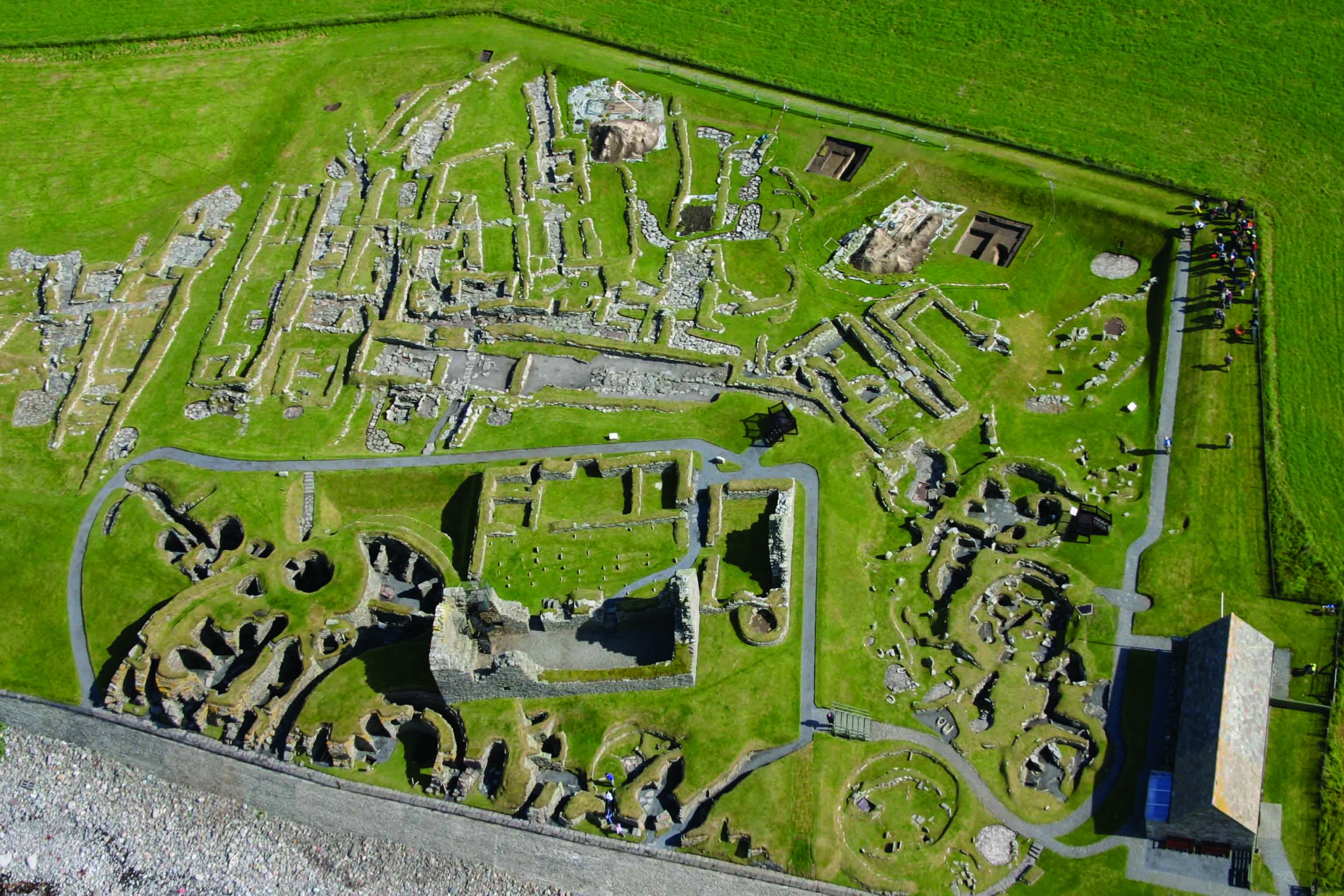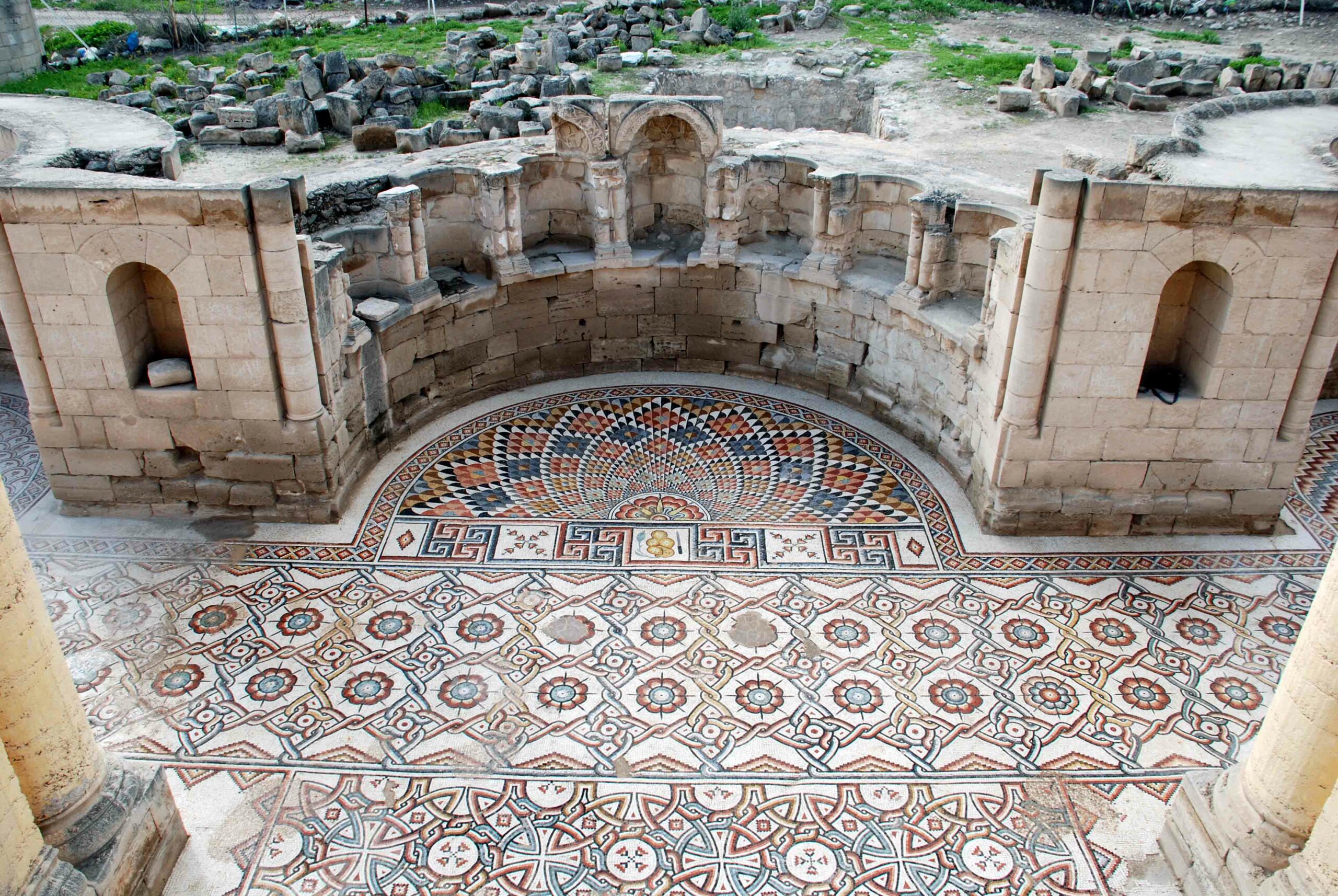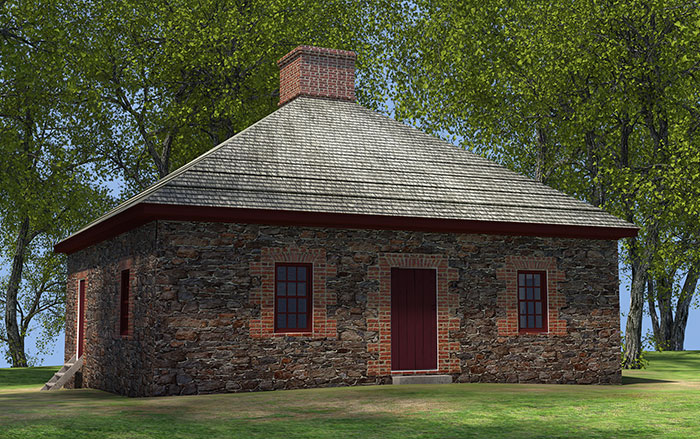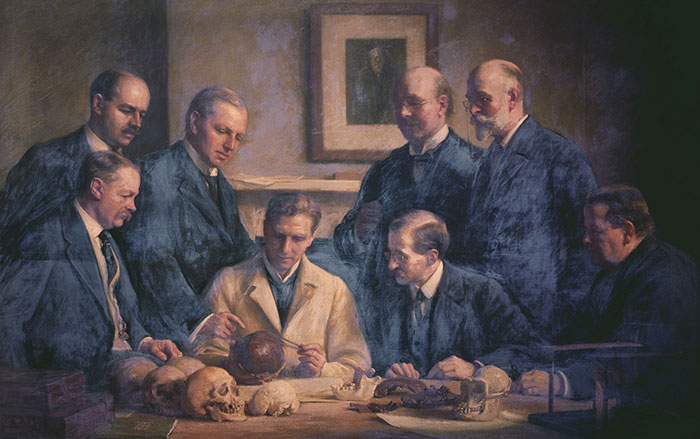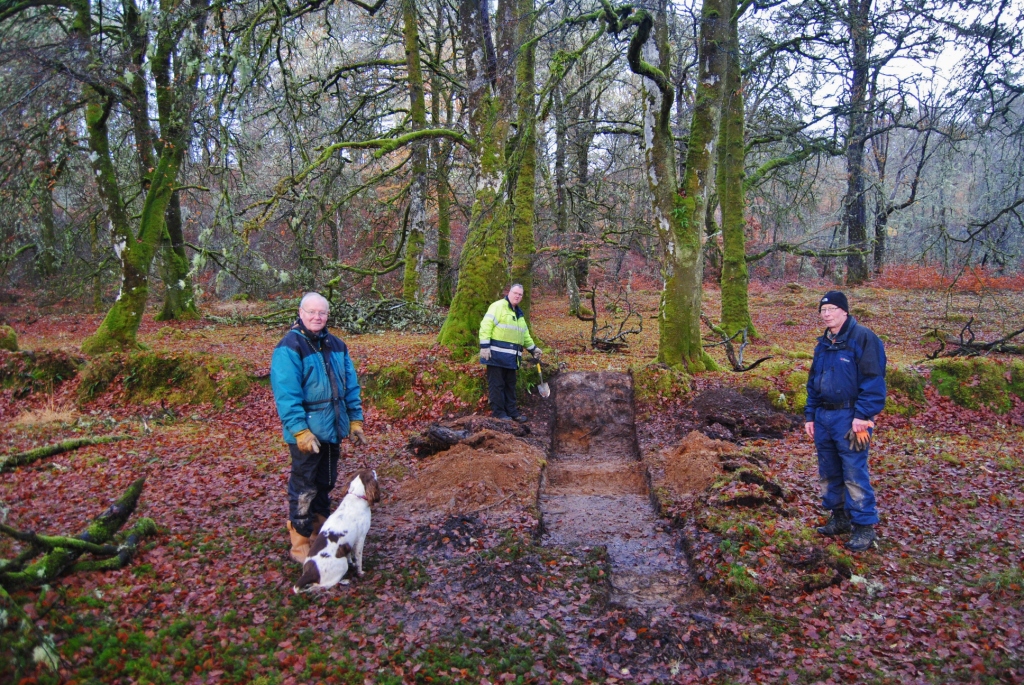
LOCHABER, SCOTLAND—Members of Lochaber Archaeological Society and staff from AOC Archaeology investigated “Banquo’s Walk,” a purported ceremonial route to Tor Castle, a stronghold whose residents claimed Banquo, a character from the Shakespearean play Macbeth, as an ancestor. BBC News reports that in the late nineteenth century, the Ordnance Survey Name Book listed the tree-lined site as part of a road alignment leading to the ruined castle. But the excavation failed to uncover a road surface or ditches. The new study suggests that Banquo’s Walk may have been a clay-mining site. “Looking at the surviving natural layers and after further excavation through the banks,” said Clive Talbot of the Lochaber Archaeological Society, “we realized that the surface of Banquo’s Walk had been lowered by the removal of these natural deposits and the banks had been built with the upcast.” The clay may have been used to line the Caledonian Canal, built in the early nineteenth century. For more on archaeology in Scotland, go to “Lost and Found (Again).”


